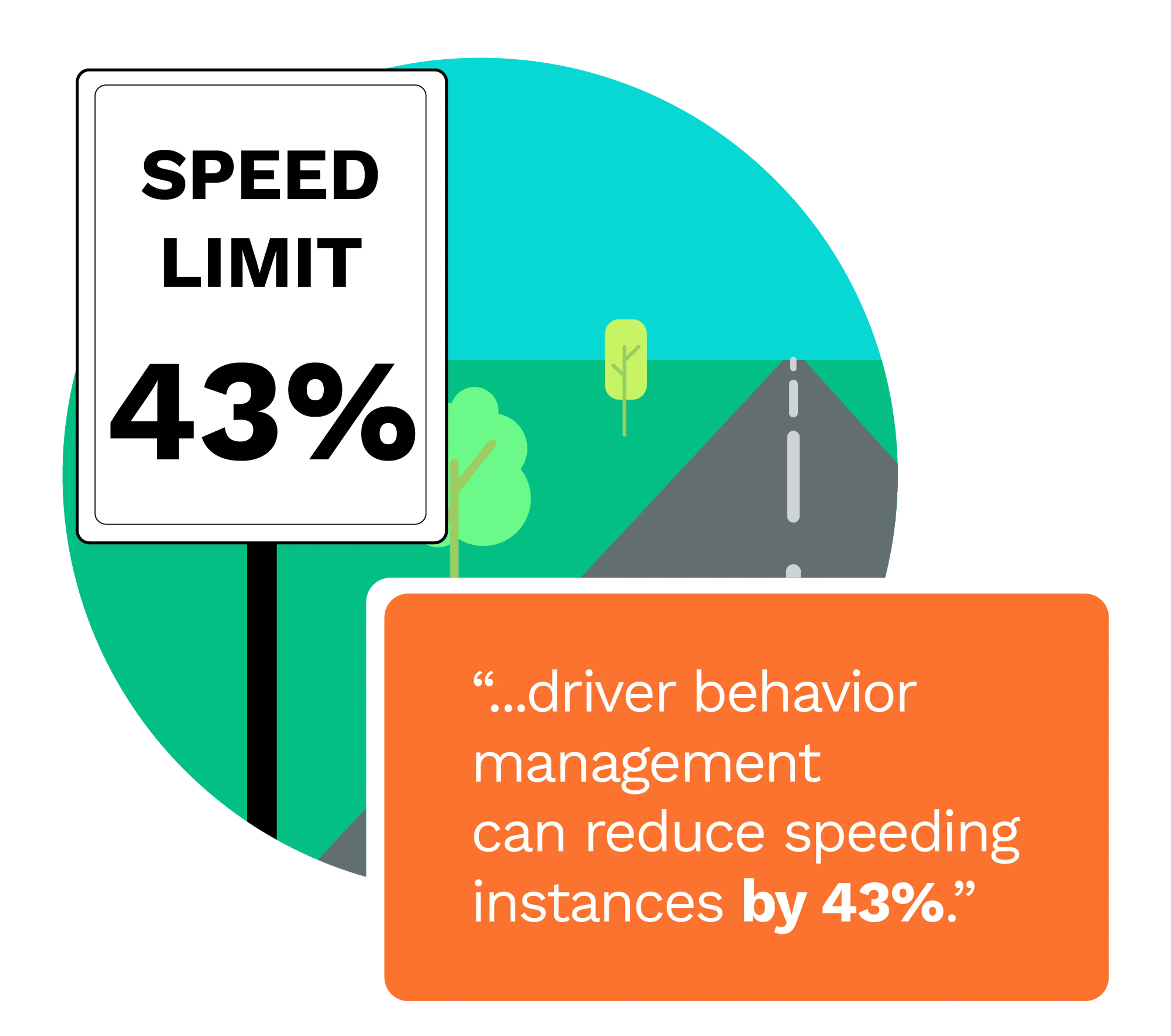What the Global Chip Shortage Means for Fleets Powered by Telematics

Chances are, there’s been a time where you’ve avoided switching banks or updating your cell phone carrier even though you know it’s as simple as a few buttons and a phone call, and that it will make your life better. We’re all guilty of procrastinating on big and small changes in technology that can benefit us – both in life and at work.
But in a world where the supply chain is constrained for both vehicles and aftermarket telematics devices, you don’t have the choice to procrastinate. Supply chain shortages are impacting not just vehicles themselves, but they’re also impacting availability of aftermarket telematics devices. Telematics data has traditionally been the top option for fleets looking to manage driver behavior effectively and track vehicle movements through detailed data.
Based on various industry projections, microchip shortages are here to stay this year and will spill over into 2022. According to Bloomberg, data from some of the largest chipmakers show lead times continuing to increase, with some microprocessor lead times leaping from 10 weeks to 17 weeks. At the same time, demand for chips is expected to increase further as more people demand 5G technology and vehicles themselves become more technologically sophisticated. However, scaling up manufacturing capacity infrastructure will take years.
The good news is that with new connected vehicle technologies and platforms rapidly becoming available, fleets have more options to access and manage fleet data, even while aftermarket telematics devices are in short supply. Now more than ever, you should be looking to leverage the onboard computers in vehicles produced in the past few years to minimize the disruption to your business. Automotive Fleet published a piece I recently wrote about why the time is now for fleet managers to consider adapting new technologies. Here are five key reasons why it’s time to change in your approach to fleet data today.
Use a Single, Simple Source of All Data, Regardless of Provider
Connected vehicles can be turned on as soon as the vehicle comes off the assembly line. This means you get immediate visibility without installation downtime. New connected vehicle platforms have the ability to aggregate data across OEMs and telematics devices in vehicles that are not connection-enabled, providing a unified view. When exploring your options, make sure a connected vehicle platform has easy-to-use features like:
- Map and list view of all the vehicles enrolled in the system
- Trip history reports for each or all vehicles with customizable date ranges
- Individual vehicle health data
- Standard reports, including driver behavior, mileage, workday, and open health event reports
- Data visualizations on driver behavior & utilization
Make Informed Decisions About Your Vehicles and Their Routes
Connected technology easily tracks and displays the location of enabled vehicles just like traditional telematics data. But it also offers deeper insights and more detailed fleet data, and the data is offered in real time. This makes it effortless to effectively track driver location, trip history, vehicle status, and movements. Detailed vehicle information typically includes VIN, driver name, vehicle speed, make and model, and a log of trip history, including whether violations occurred. Look for a platform that offers a map-based interface that displays vehicle state – meaning which vehicles are in motion and which ones are parked.

Protect Your Fleet from Risky Behavior That Can Cause Accidents and Wear and Tear
Safety is a top concern for all fleets, and visibility into driver behavior is critical to keep your drivers and assets safe. For example, driver behavior management can reduce speeding instances by 43%. Connected vehicle platforms often offer pre-configured report and dashboard visualizations on driver rankings, speeding events, harsh acceleration, and harsh braking to give a clear picture of driver behavior on the road. Connected technology can also differentiate between different speed zones, so you are better able to determine severity of speeding incidents.
Be Confident Your Cars Stay Within Their Service Stop
Geofencing is a powerful tool to gain more visibility into your fleet’s movements. With geofencing, you can identify an address or a specific zone and set up a geofence to track when vehicles enter and leave, giving you detailed information about how long vehicles stay at different locations. This is especially powerful for industries like construction, utilities, and others that perform services at various locations throughout the workday.

Automate Maintenance Alerts to Save Your Technicians Time
18% of fleet vehicles are overdue for preventive maintenance. You can leverage connected vehicle data to keep your vehicles healthy and on the road. Rather than relying on drivers to relay vehicle information or setting mileage thresholds for maintenance alerts, connected vehicle platforms offer health event reporting that easily displays a list of diagnostic codes along with supporting detail and descriptions of the code (such as low tire pressure or a check engine light).
These are just some of the many ways that connected vehicles can help drive fleet intelligence more easily so you can focus on your fleet. Like any technology change, you may need to phase in a connected approach or test it on certain segments of your fleet first. A pilot is a great way to approach this so you can apply learnings to your broader fleet. The best time to update your vehicles with hardware-free, secure, and fast data is before the disruption becomes unmanageable. Fleets that begin the transition now will be better positioned to make effective business decisions as connected vehicles become the dominant option on the road.
Merchants Fleet is currently offering a special pilot of TotalConnect, their connected vehicle technology that links Motorq’s cloud-based data analytics platform to more than 30 makes and models of vehicles. TotalConnect gives you the deep visibility into your fleet that you need to make effective, analysis-driven improvements. With TotalConnect, multiple sources of your fleet data are seamlessly consolidated into a single dashboard, enabling you to see data from a variety of telematics providers & OEMs in one platform.
Interested in learning more? Explore TotalConnect for your fleet.